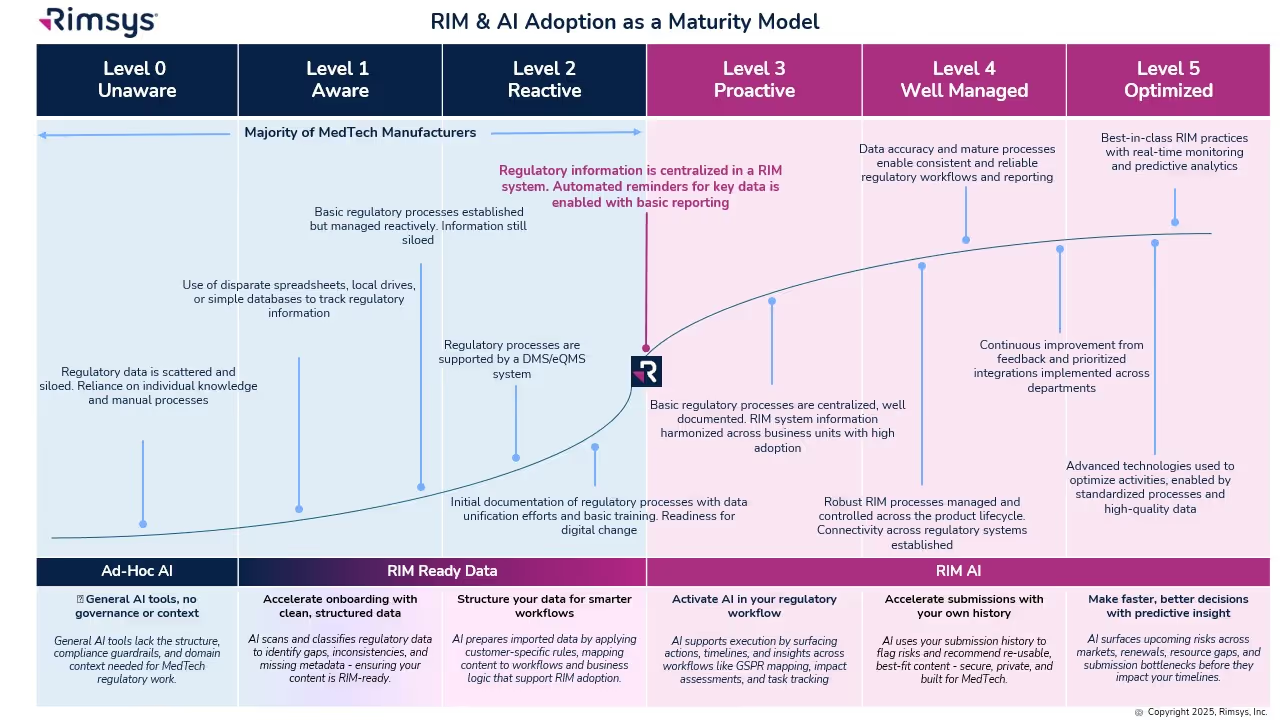
What are Essential Principles?
Essential Principles (EPs) are requirements established by a country’s health agency. Medical device manufacturers need to prove that they comply with these requirements in order to sell their device in each country where they are required. This is often tracked in a burdensome table in which each requirement is explained by applicable standards and other items used to demonstrate compliance with each requirement. The manufacturer will link their evidence files to prove that they meet the requirement or provide an explanation as to why it is not applicable in their situation.
Think of this like cliff-notes for the submission and related documents. Submission documents, their locations, and explanations can all vary depending on the device type, manufacturer, and their processes.
What countries require Essential Principles?
Not every country requires EPs for their submissions. Some of the main countries that do require them include:
- The European Union – where they are called General Safety and Performance Requirements (GSPR)
- Australia
- Malaysia
- Singapore (accepts EU documentation in most cases)
- China
What do Essential Principles look like?
GSPR (General Safety and Performance Requirements) in the European Union are an example of Essential Principles requirements. The language in the GSPR comes directly from Annex 1 of the EU MDR of 745/2017 for medical devices and EU IVDR 2017/746 for in-vitro diagnostic devices. Medical device manufacturers are taking the text of this regulation, numbering and all, and documenting whether they apply to it, the standards that they apply to, and then providing their evidence.
Let’s look at an example that directly comes from EU MDR 2017/745, Regulatory text, Annex I, 7th requirement:
“Devices shall be designed, manufactured and packaged in such a way that their characteristics and performance during their intended use are not adversely affected during transport and storage, for example, through fluctuations of temperature and humidity, taking account of the instructions and information provided by the manufacturer.”
The validation of the Essential Principles for this particular requirement would be displayed in a table like the one below. Note that the description column in the table and in the EU MDR regulatory requirement are identical to each other.
These tables change constantly, and it is a large administrative burden on the regulatory professional to quickly identify changes, perform a gap analysis (check for changes and do testing if needed), and update the tables when required. In addition, we have seen the following issues caused by changing standards:
- Large companies can have hundreds to thousands of Essential Principles tables. Without a bulk upload, this can take an incredibly long time to process all of those documents.
- Errors can occur with standards updates by missing a product that is associated to a standard.
- If a gap analysis is done too late and testing a product to a revised or new standard is required - your product might need to be blocked from a market for months, which could mean massive revenue loss.
- Accidentally missing a reference to new testing data because only the standard was updated.
Rimsys allows regulatory professionals to be notified of standard changes and even do bulk additions and deletions of documents, standards and certificates to your Essential Principles Tables, which can save regulatory professionals countless hours in administrative work. For more information on how one of our customers benefited from our Essential Principles tool, reducing their EP and GSPR maintenance by 99%, read our Bisco case study.
Similar posts







.avif)

